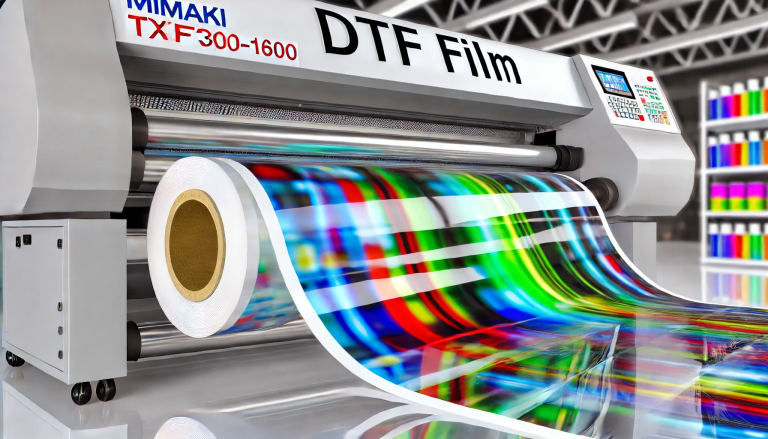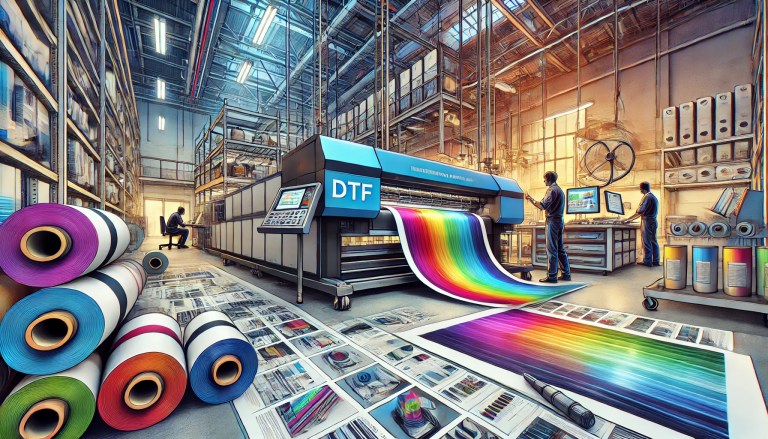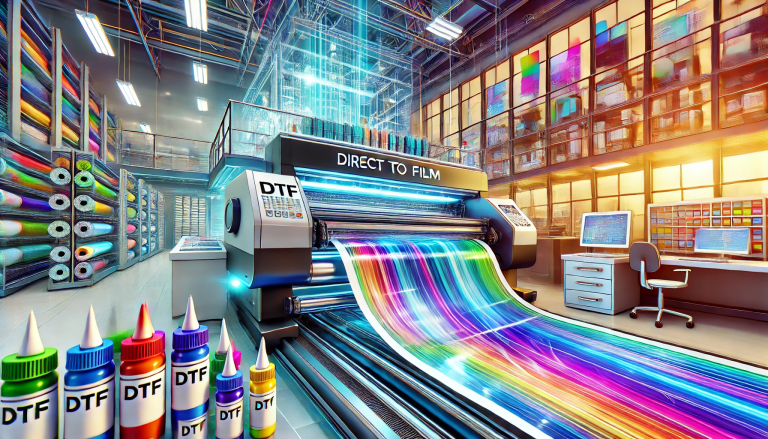In today’s fast-paced industrial world, the demand for innovative solutions that enhance product quality and manufacturing efficiency is ever-present. One such innovation that has gained significant traction across various sectors is heat transfer technology, particularly heat transfer films. At the heart of this technology are heat transfer film suppliers, whose contributions are pivotal in driving advancements and applications in numerous industries. This article explores the evolution, importance, and future implications of heat transfer film suppliers in the modern industrial landscape.
Historical Context and Evolution
Heat transfer technology has been around for decades, initially finding its application in simple printing and labeling tasks. However, the last few decades have seen a transformational change in the capabilities and applications of heat transfer films. This evolution is largely attributed to the relentless innovation and research conducted by heat transfer film suppliers. These entities have expanded the boundaries of what heat transfer films can do, transitioning from basic color transfers to intricate designs and functionalities, including RFID embedding, holographic patterns, and even electronic circuitry integration.
The Role of Heat Transfer Film Suppliers
Heat transfer film suppliers play a critical role in the ecosystem of manufacturing and product development. They are not just providers of materials but also partners in innovation, offering solutions that meet the nuanced needs of various industries, from fashion and apparel to automotive and electronics. These suppliers offer a range of films that cater to different requirements, such as durability, flexibility, environmental resistance, and aesthetic appeal. Moreover, they provide invaluable technical support, helping manufacturers integrate heat transfer technology into their production lines efficiently and effectively.
Impact on Industries
The impact of heat transfer film technology, powered by its suppliers, on industries is profound. In the fashion industry, for example, it has revolutionized the way designs are applied to garments, allowing for more complex and vibrant patterns without compromising fabric integrity. In the automotive sector, heat transfer films are used to apply durable and detailed graphics on interior and exterior components, enhancing both functionality and aesthetics. Electronics manufacturers utilize this technology to create clear, durable labels and circuits that are integral to the performance and usability of their products.
Sustainability and Innovation
As industries gravitate towards more sustainable practices, heat transfer film suppliers are also innovating to reduce the environmental footprint of their products. This includes developing films that are recyclable, use less energy, and are made from eco-friendly materials. Such advancements not only meet the growing regulatory and consumer demand for sustainability but also open up new applications for heat transfer technology in areas like renewable energy and eco-friendly packaging.
Future Outlook
The future of heat transfer film suppliers looks promising, with endless opportunities for growth and innovation. As technology advances, so too will the capabilities of heat transfer films, potentially incorporating smart technology that can interact with users or environments. This could lead to applications beyond current imagination, such as interactive wearables, smart packaging, and advanced vehicle markings.
Moreover, the ongoing digital transformation across industries is likely to further elevate the role of heat transfer film suppliers. Digital printing techniques coupled with heat transfer technology could offer unprecedented customization options, faster production times, and lower costs, making it accessible to a broader range of industries and applications.
Conclusion
Heat transfer film suppliers stand at the forefront of a technology that blends innovation, functionality, and sustainability. Through their efforts, the application of heat transfer films has transcended traditional boundaries, offering industries a versatile tool to enhance product value and appeal. As these suppliers continue to innovate and adapt to the changing industrial landscape, their contribution will undoubtedly remain indispensable. The journey of heat transfer film technology is far from over; it is, in fact, poised for a new chapter of growth and transformation, promising exciting possibilities for industries worldwide.






